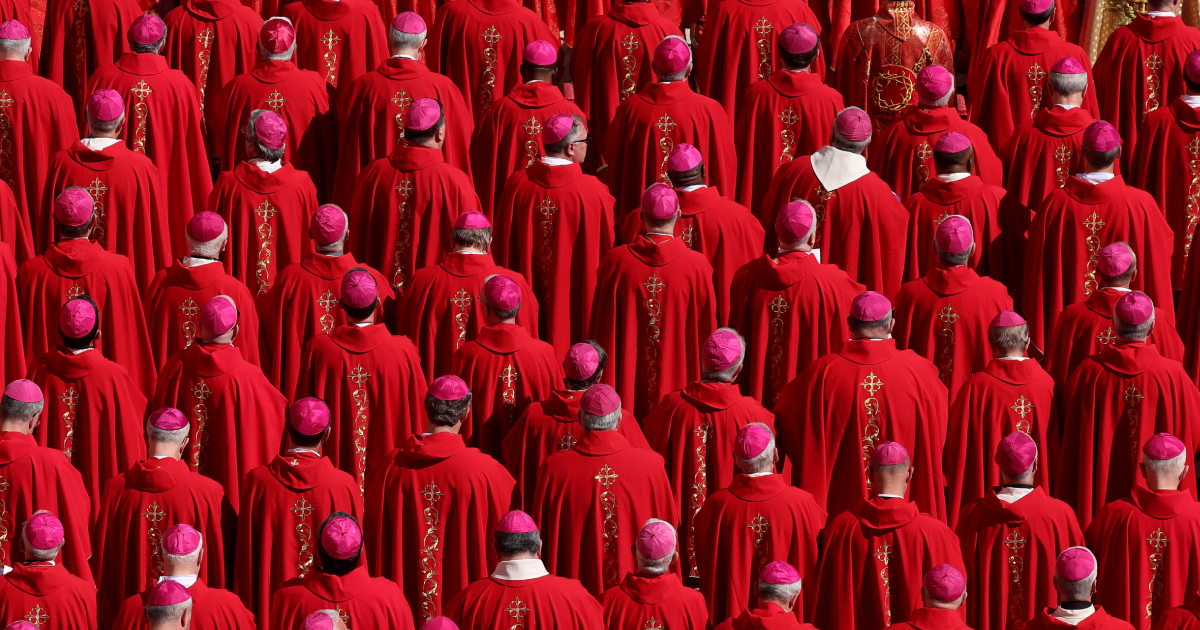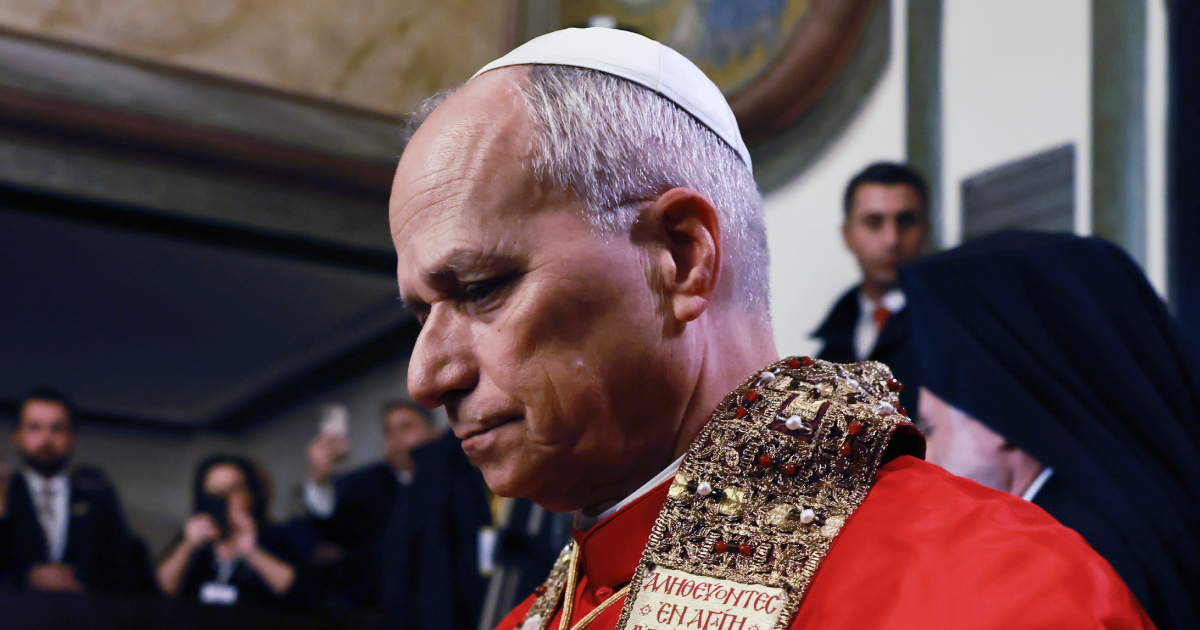The Vatican has approved a new liturgical calendar for the Apostolic Vicariate of Southern Arabia (AVOSA) while also designating new patrons for the Catholic Church across the Arabian Peninsula.
The decision marks a historic moment for Catholics in the region, acknowledging the deep roots of Christianity in a land often overlooked in the broader history of the Church. This act of recognition unites Catholics across the Peninsula in a shared devotion that transcends the national boundaries of the Gulf.
In the Gulf, the Church exists as a pilgrim community, composed largely of migrant workers from every continent who live their faith amidst societies shaped by Islam.
This new calendar, far from being a mere list of commemorations in a region where the Church is young, scattered and often hidden, strives, instead, the Vicariate explains, to be a sign of belonging, of memory and of hope.
The Dicastery for Divine Worship and the Discipline of the Sacraments announced the new calendar and patronage on 19 August, noting that “this liturgical calendar reflects the religious history of the Church in a particular region and includes local saints of particular importance".
The Apostolic Vicariate of Southern Arabia encompasses the United Arab Emirates (UAE), Oman and Yemen, and is led by Bishop Paolo Martinelli. It is headquartered in Abu Dhabi, the UAE capital city, which in recent decades has emerged as an important centre of Catholic life in the Gulf.
Among the most significant aspects of the Vatican decree is the appointment of Saints Peter and Paul as the official patrons of the Vicariate, whose solemnity will be celebrated on 29 June. At the same time, the Blessed Virgin Mary, under the title “Our Lady of Arabia”, has been confirmed as patroness of all the Gulf States, with her feast observed on the Saturday following the Baptism of the Lord.
The new calendar incorporates a number of saints whose lives are directly linked to the region. Among them are the sixth-century Yemeni martyrs Arethas and his companions, remembered on 24 October, and King Caleb of Ethiopia, known also as Elesbaan, who contributed to Christianisation in Yemen and is commemorated on 15 May.
Blessed Charles Deckers, a missionary who worked tirelessly in Yemen for dialogue with Islam before his martyrdom in Algeria in 1994, is honoured on 8 May. The anniversary of the dedication of St Joseph’s Cathedral in Abu Dhabi is also included, celebrated each year on 25 February as a sign of unity among the multi-lingual and multi-ethnic faithful, while 5 November is dedicated to the memory of all missionaries who gave their lives in the service of the Vicariate.
The calendar also recalls saints whose witness shaped the wider spread of Christianity in Arabia. These include the physician-martyrs Cosmas and Damian, whose feasts fall on 26 September; the desert ascetic Simeon Stylite, commemorated on 27 July; and the soldier-martyrs Sergius and Bacchus, who are remembered on 8 October and were long revered among Arab tribes.
Of particular note is St Isaac the Syrian, originally honoured within the Assyrian Church of the East and later added to the Roman Martyrology by Pope Francis, who is commemorated on 29 January.
Uniquely, the Vicariate’s calendar incorporates Old Testament figures such as Abraham and Moses on 4 September, and Job on 10 May, the latter celebrated locally in Salalah, Oman. These commemorations highlight figures of profound significance across Judaism, Christianity and Islam.
The Vicariate explained that the inclusion of the Old Testament figures is intended to reflect the shared heritage of the Abrahamic religions and the ecumenical and inter-religious reality in which the Church in Arabia lives and serves.
Alongside the feasts, the Vatican has also approved three special Ember Days of penance and prayer for the fruits of the earth and for priestly vocations.
The first Friday of March, during Lent, will be devoted to the needs of the local Church, especially for peace in the region and for an increase of vocations.
The first Fridays of June and November, marking the onset of summer and winter, will be observed in thanksgiving for the gifts of creation, the fruits of the earth, petitions for favourable weather and prayers for responsible stewardship of natural resources.
Photo: The tallest solar power tower in the world at 260 metres is pictured at the concentrated solar thermal (CST) power complex at Mohammed bin Rashid al-Maktoum Solar Park, about 50 kilometres south of Dubai, the capital of the Emirate of Dubai. 19 July 2025. (Photo by FADEL SENNA/AFP via Getty Images.)




.jpg)






.jpg)




